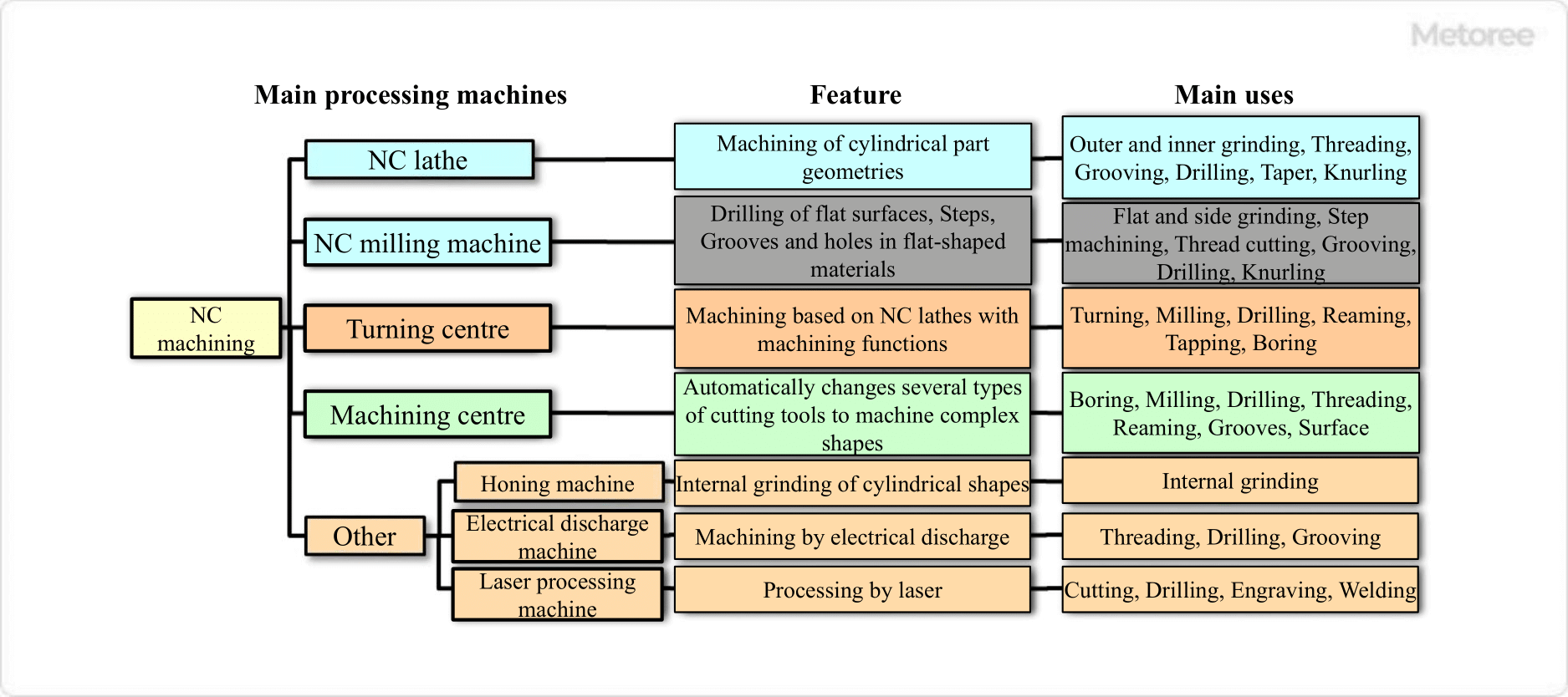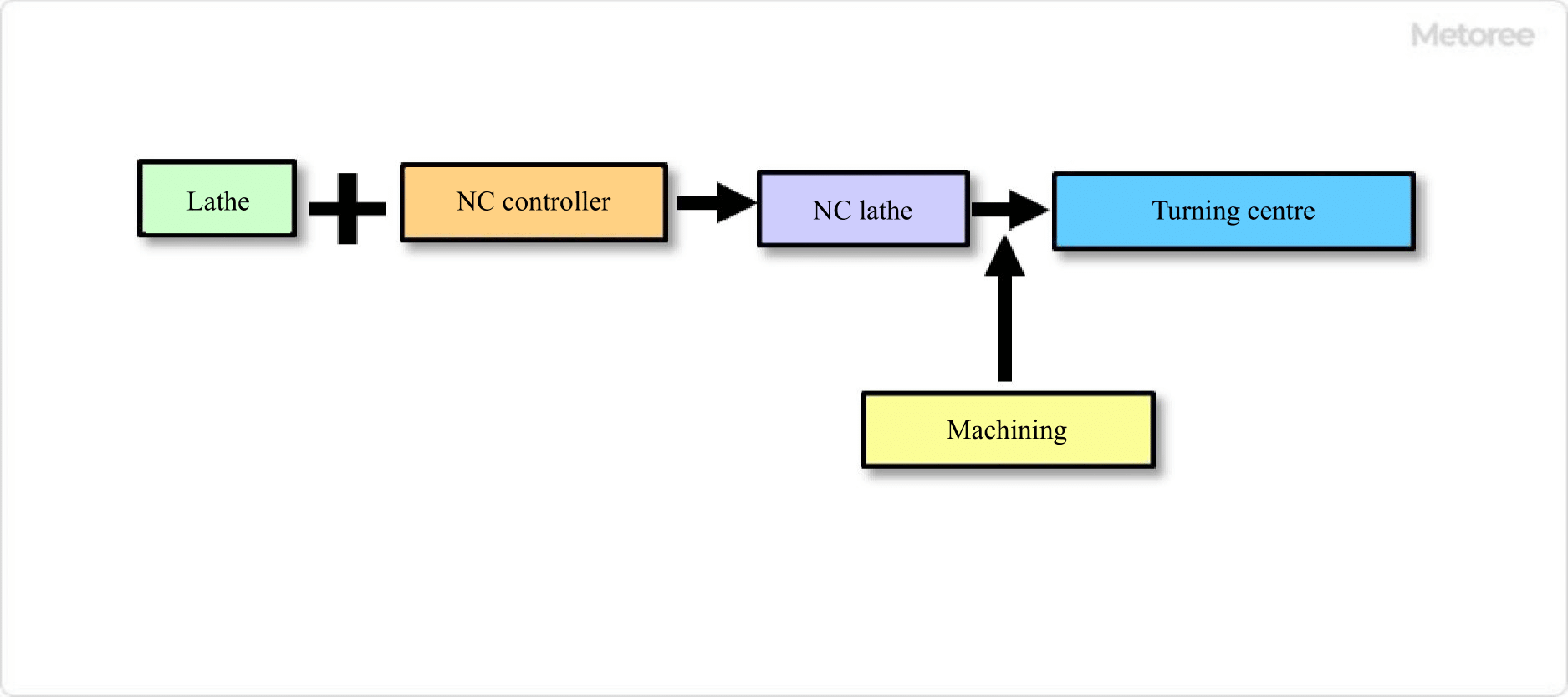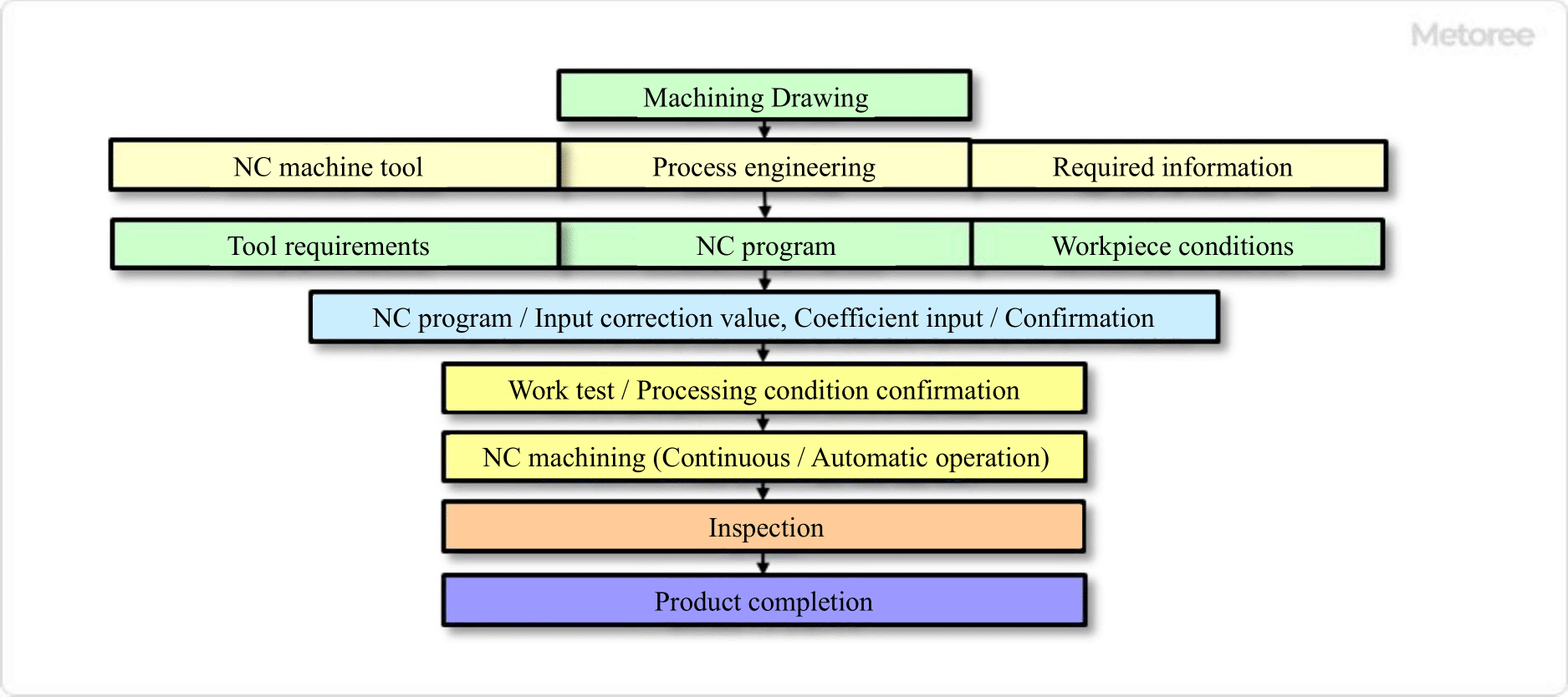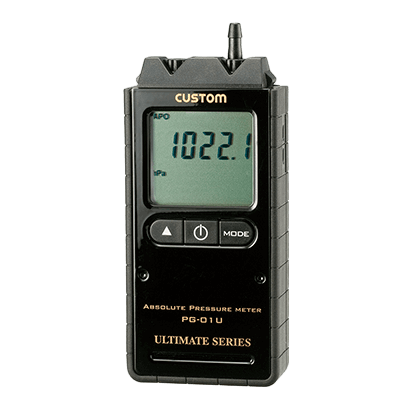What Is a Sheet Metal Working Press?
Sheet metal working presses are thin sheets of metal that are stretched into various shapes to suit the purpose.
There are two types of sheet metal working presses: manual sheet metal working by hand using tools, and mechanical sheet metal working by machine. Sheet metal working presses are processed mainly by drawing development, punching/cutting, pretreatment, bending, welding, finishing, and inspection processes.
In both manual and machine sheet metal working, it is important to understand the characteristics of the material, sheet metal working presses. Metal materials have two characteristics, “elastic deformation” and “plastic deformation,” and these are used to form the desired shape.
Uses of Sheet Metal Working Presses
Sheet metal working presses are a processing technology used in various industries. They are mainly used in the automotive, construction, and precision equipment industries.
1. Automotive Industry
Sheet metal working presses are used for automobile bodies and interior parts. For example, cutting and welding in the manufacturing process are sheet metal working presses.
Sheet metal working presses are also used in the repair of automobiles. For example, if the body of an automobile is dented in an accident, it can be repaired by a repairman’s sheet metal working press technique.
2. Construction Industry
Sheet metal working presses are indispensable in the construction industry. For example, sheet metal working presses are used for roofs, exterior walls, and piping required for residential construction.
Sheet metal working presses are also used in various parts of infrastructure facilities. For example, sheet metal working presses are used for road signs, traffic signals, signboards, escalators, and so on.
3. Precision Equipment Industry
Among industrial products requiring sheet metal working techniques, sheet metal working used in the manufacturing process of precision equipment is called “precision sheet metal working presses.” The heat of the material is as thin as several millimeters, and fine processing technology is required.
For example, precision sheet metal working is required when making threads on a sheet of metal as thin as one millimeter. This technology is indispensable for parts of smartphones, drones, etc.
Principles of Sheet Metal Working Presses
Sheet metal working presses are made of metal, which is a material used for sheet metal working. The atoms of aluminum for aluminum and iron for iron are arranged in a regular pattern, and each atom is held together by a bonding force that attracts each other. When deformed by an external force that does not exceed the bonding force of the metal, the metal’s property causes it to return to its original state before deformation. This is “elastic deformation.”
When an external force exceeding the bonding force of the metal is applied to prevent this elastic deformation from occurring, the regularly arranged atoms become misaligned and deformed. This is “plastic deformation.”
Sheet metal working presses are a processing method that utilizes this property of metal. If force is continually applied to a metal material that no longer deforms elastically in order to create the desired shape, the material will be damaged. It is important to adjust the force applied while assessing the condition of the metal.
Types of Sheet Metal Working Presses
Sheet metal working presses include bending, cutting, tapping/burring, and welding.
1. Bending
Typical bending processes include L-bending, V-bending, U-bending, and hemming bending. Each of these processing methods is used to obtain the desired bending shape by selecting a die according to the shape to be processed.
A machine tool called a bender is widely used in the manufacturing process. In the bending process, the workpiece must have an allowance for gripping. Therefore, a gripping allowance for bending must be provided at the design stage.
2. Shearing
This process roughly cuts the material using shearing machines, such as shearing machines. In the next step, a punching die or a laser is used to obtain the shape according to the part shape. Turret punch press machines and laser cutting machines are widely used in the process of obtaining shapes by punching.
Burrs occur on the cut surface, which must be deburred using a file, grinder, or belt sander. Post-processing, such as burn removal, is necessary to remove burrs.
3. Tapping/Burring Process
If the workpiece requires a female thread, the shape can be obtained by tapping or burring. If the tapping process does not provide sufficient clearance for the screw, the burring process is used to secure clearance for the female thread, and then the female thread is machined.
When burring is performed, the back side of the machined surface becomes convex, so care must be taken to avoid interference or a reduction in clearance when assembling.
4. Welding
Sheet metal working presses are welded when it is desired to increase airtightness by integrating parts, or when fixing with screws is not possible (or is not desired from the standpoint of the number of parts).
There are three main welding methods: fusion welding, pressure welding, and brazing. Depending on the required strength and productivity, different welding methods should be used for different sheet metal parts. Surface treatments, such as pickling, are also widely used to remove discoloration and blackening due to weld burns.
Other Information on Sheet Metal Working Presses
1. Differences in Workability by Material
The workability of metal materials depends on the structure of their crystal lattice. Aluminum, torso, gold, and silver have an atomic structure called a face-centered cubic lattice, which resembles a matchbox structure and is easily deformed when external force is applied.
Iron has a body-centered cubic lattice, with atoms in the center of the matchbox structure, which increases strength and makes deformation somewhat more difficult. Magnesium is made of a compact hexagonal lattice, and its hexagonal arrangement of atoms makes it very strong and almost impossible to work at room temperature.
2. Types of Hand Sheet Metal
Polishing of Material Surfaces
This is the process of finishing with sandpaper to eliminate irregularities on the surface of materials, such as in the repair of automobile exterior panels and machine tool beds.
Cutting of Materials
Using metal shears, cut large sheets of commercially available standard size into the necessary size for forming products.
Stretching/Drawing With a Hammer
When forming a three-dimensional shape from a metal sheet, the process of stretching the material with a hammer is called “overhanging,” while the process of drawing the material to form small folds, which are then flattened and shrunk to give a deformation is called “squeezing.”
3. Types of Machining
Drilling With a Punch Die
Punching and molding are performed by selecting the necessary dies from general-purpose shear dies of various sizes, such as round and square dies.
Blanking Process by Laser, etc.
This is a machining method that uses a laser heat source to cut sheet metal working presses at high speed and with high precision.
Press Processing
A metal sheet is placed between the up-and-down male and female dies on a large machine frame. The male die descends and mates with the female die to form the sheet metal as molded.




